creaturely POETICS
creaturely POETICS
ANIMALITY AND VULNERABILITY IN LITERATURE AND FILM
ANAT PICK
COLUMBIA UNIVERSITY PRESS  NEW YORK
NEW YORK
COLUMBIA UNIVERSITY PRESS
Publishers Since 1893
New York Chichester, West Sussex
cup.columbia.edu
Copyright 2011 Columbia University Press
All rights reserved
E-ISBN 978-0-231-51985-4
Library of Congress Cataloging-in-Publication Data
Pick, Anat.
Creaturely poetics: animality and vulnerability in literature and film / Anat Pick.
p. cm.
Includes bibliographical references.
ISBN 978-0-231-14786-6 (cloth: alk. paper)ISBN 978-0-231-14787-3 (pbk.)
1. Animals in literature. 2. Human-animal relationships in literature. 3. Animals in motion pictures. 4. Human-animal relationships in motion pictures. 5. Philosophical anthropology. I. Title.
PN56.A64.P53 2011
809'.93362dc22
2010038193
A Columbia University Press E-book.
CUP would be pleased to hear about your reading experience with this e-book at .
References to Internet Web sites (URLs) were accurate at the time of writing.
Neither the author nor Columbia University Press is responsible for Web sites that may have expired or changed since the manuscript was prepared.
To my parents
I would like to make it, not less painful, only clearer.
Simone Weil, Letter to a Priest
If the sadness of life makes you tired
And the failures of man make you sigh
You can look to the time soon arriving
When this noble experiment winds down and calls it a day
Time has come now to stop being human
Time to find a new creature to be
Be a fish or a weed or a sparrow
For the earth has grown tired and all of your time has expired
All the gardens are sprouting with flowers
All the treetops are bursting with birds
And the people all know that its over
They lay down all their airs and they hang up their tiresome words
Thinking Fellers Union Local 282, Noble Experiment
CONTENTS
My biggest thanks to Wendy Lochner at Columbia University Press for taking on the project and seeing it through to its completion. Susan Pensaks meticulous editorial eye helped transform it from a manuscript into a book. It has been a pleasure working with her.
A number of people contributed, knowingly or otherwise, to the writing of this book: Dana Pick, Dorit Barchana-Lorand, Shira Weisz Avivi, Miki Avrahamer, Michal Don, Neta Brenner, Naama Harel, Michele Aaron, Mark Schofield, Katie Joice, Gali Gold, Jane Hatfield, and Rima Dapous. For their particular insights and general support I am grateful to Maud Ellmann, Jeri Johnson, and my colleagues at the University of East London: Paul Dave, who got me thinking again about Bazin and realism, Yosefa Loshitzky, Susannah Radstone, Haim Bresheeth, and Eyal Sivan, whose common archive project inspired some of my own reflections on the Holocaust and commemoration. My fellows at the Centre for Cultural Studies Research at UEL continue to provide a tangible sense of academic community: Mica Nava, Maggie Humm, Tim Lawrence, Debra Benita Shaw, Ashwani Sharma, Jeremy Gilbert, Roshini Kempadoo, Sarah Baker, and Jamie Hakim. Cary Wolfe pointed me in the direction of Cora Diamond, which proved decisive.
Erica Fudge, Tom Tyler, Hilda Kean, and the other participants in the British Animal Studies Network sustained a lively platform for debating animal ethics. I wish also to thank Lisa Saltzman, Kate Thomas, and Bethany Schneider of Bryn Mawr College for inviting me to speak on scientific surrealism at Bryn Mawrs Center of Visual Culture. My gratitude to Marcel Schwierin, Alissa Timoshkina, and Silke Panse for helping out with hard-to-come-by copies of films by Vladimir Tyulkin, Kira Muratova, and Frederick Wiseman.
The University of Oxfords Rothermere American Institute under the directorship of Paul Giles hosted the lecture series on posthumanism and American culture where some of these ideas began to take shape. It was during my time at the Rothermere that I was fortunate enough to meet Richard Ford; could not have been written without him, since he left me a copy of William Goldings The Inheritors in what can only be described as an act of gratuitous generosity.
Three anonymous reviewers for Columbia University Press read the proposal and manuscript with unfailing rigor and care; their comments and suggestions were an integral part of the writing process. Louise Blanks, Maren Hobein, and Anthony Bale read and commented on chapter drafts. And Ingrid Scherbl read through the entire manuscript and pointed out its problems and pitfalls, most (or some) of which I hope I have managed to redress.
A shorter version of originally appeared as Pigscripts: The Indignities of Species in Marie Darrieussecqs Pig Tales in Parallax 12.1 (2006): 4356.
The vulnerability of precious things is beautiful because vulnerability is a mark of existence.
Simone Weil, Gravity and Grace
This is a book neither strictly about humans nor about animals. It does not set out to show what is after all by now an accepted wisdom, that the distinctions between humans and animals are conceptually and materially indecisive. I start off from the double premise that 1. the human-animal distinction is a site of contestation, anxiety, and ritual (philosophical, scientific, religious, and artistic) and that the concrete relations between human and nonhuman animals have beenincreasingly since the age we call modernityan area of sharp separation, a zone in which the upkeep of human integrity, as it were, exacts a devastatingly violent price on animals; and 2. that the human-animal distinction constitutes an arena in which relations of power operate in their exemplary purity (that is, operate with the fewest moral or material obstacles). This disparity of power has not lessened with the dawning of the so-called posthuman age, when the human itself comes under unprecedented pressures from advances in cognitive science and biotechnology (and the concurrent rise of bioethics) that render classical humanity all but obsolete.
A growing body of work in the relatively new field of animal studies has in recent years contributed to the interrogation and unsettling of the human/animal divide as a specifically posthumanist and postanthropocentric task. In Zoographies, his lucid analysis of a main trajectory within continental philosophy, from Heidegger to Lvinas, Agamben, and, finally, Derrida, Matthew Calarco suggests that the ultimate dismantling of the human-animal boundary is not only desirable, but an inevitable outcome of this philosophical tradition. Surely, writes Calarco, Derridas thought, inasmuch as it is philosophical and follows through on the implications of his ethical and ontological analyses, would bring us to the conclusion that the human-animal distinction should be abolished or, at the very least, be treated with considerable caution and suspicion (143). As a genuinely original field of inquiry, animal studies entails more than a historical and genealogical analysis of the constitution of the human-animal distinction and how this distinction has functioned across a number of institutions, practices, and discourses (Calarco 140). It should aim for an alternative ontology of animal life, an ontology in which the human-animal distinction is called radically into question (141), in line with Derridas deconstructions of the (always already untenable) divisions between human and nonhuman life, while avoiding reductive accounts of animality (141).
The sway of the current study is, I hope, both antireductive and antianthropocentric (Calarco 141). My theoretical itinerary emerges vis--vis two dominant threads within animal studies: extensionism (an essentially liberal ethics of extending moral consideration to animals based on their shared capacities and characteristics with human beings) and the more decidedly posthumanist project to tackle and alleviate what Cary Wolfe called the fundamental repression (
Next page
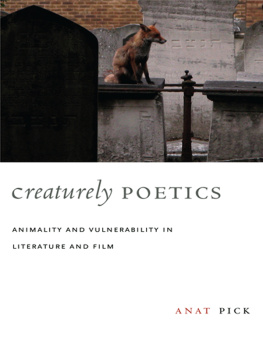
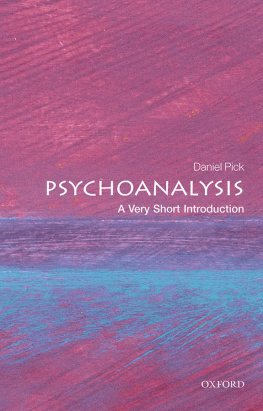

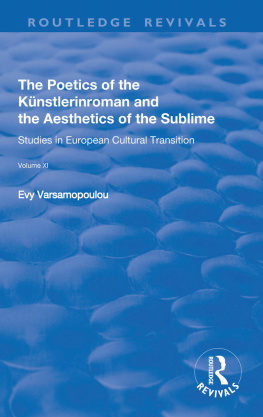
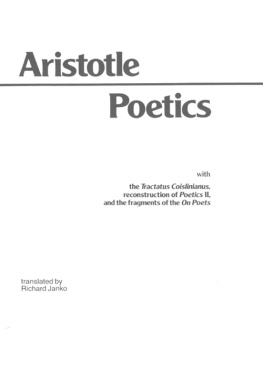

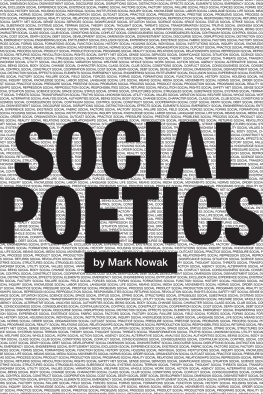

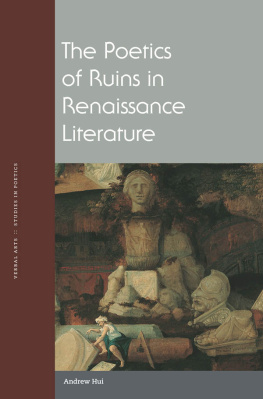
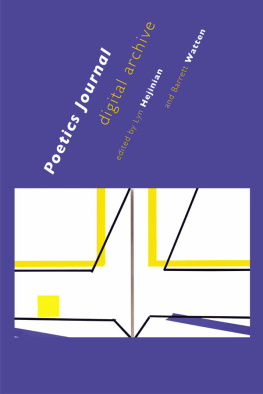
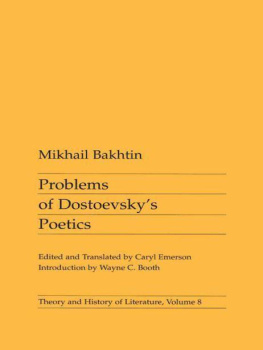
 NEW YORK
NEW YORK